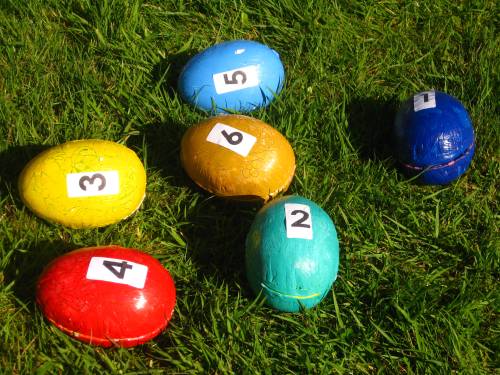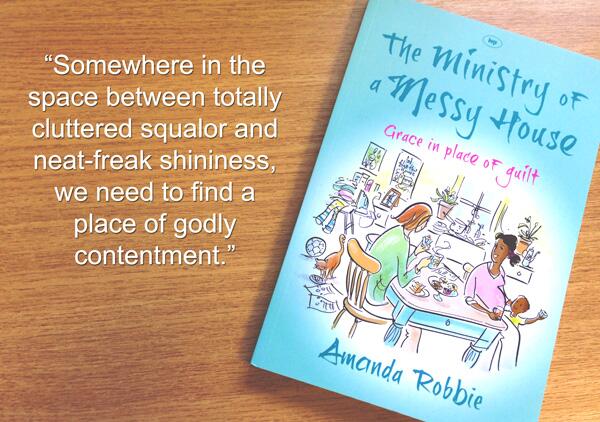 And I’m not talking about the King James bible, also known as the Authorised Version. I have to say that I’m struggling at the moment to decide whether to vote for or against the new voting system called Alternative Vote. And most people I speak to locally are completely indifferent.
And I’m not talking about the King James bible, also known as the Authorised Version. I have to say that I’m struggling at the moment to decide whether to vote for or against the new voting system called Alternative Vote. And most people I speak to locally are completely indifferent.
I asked the Twitterverse which way a Christian should vote on the matter and the main response I got was that the bible’s only recommended system of election (apart from the Lord’s election of his people, obvs) is by lot (cf Acts 1v26 – for the selection of Matthias as an apostle to replace Judas). Selection by lottery is a system which leaves the choice to God and teaches his people to pray, although I’m not aware of any churches which use that system for selecting their church council these days.
The Christian Institute has a paper on AV which is fairly non-committal – it highlights the issues and also links to Christians and others for and against. Christian bloggers who have posted include John Richardson and Peter Kirk – both in the Yes camp.
My current concerns are fairness – is AV fairer than the existing First Past the Post system? And also cost – will a new system involve the country in extra expense for advertising, teaching and counting? And is anyone bothered enough about it to implement a new system? I’ve not met anyone locally yet who is passionately convinced that AV should be brought in for the good of the country.
Tonight I read a helpful article in the New Scientist which mentions a system that is claimed to be ‘an alternative, “perfect” system’, which actually sounds more like the biblical method I mentioned above:
Maclver’s system is identical to FPTP in all but one respect. Voters in each constituency choose a single candidate, but then one voter is picked at random from each constituency and their choice determines which candidate gets elected. The random element means the system isn’t covered by Arrow’s theorem.
It sounds horribly unfair but it would actually produce results that are more proportional to the views of the country as a whole, argues MacIver, as it is simply a random sampling of the population. So if a party has 20% of the national vote, it should end up with roughly 20% of the seats in parliament.
It turns out Maclver’s idea isn’t a new one – the system is known as a random ballot. But it isn’t one of the choices being offered to the UK public.
I liked the way the New Scientist summarises the dilemma for all of us who want to cast a vote in this referendum next week:
Do you want a system that picks a winner with strong support from a minority of voters (FPTP) or one where the leading candidate is vaguely liked by a majority of people (AV)? No amount of equations can help you reach an answer.
And as a Christian the response to the final dilemma has got to be prayer. So that’s what I’m planning to do. How about you?






